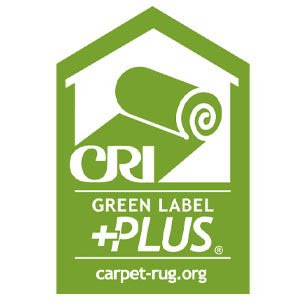The Graham legacy began 61 years ago in Evergreen, Colorado. As with everything, the six decades since have brought about many changes in the industry, technology, architectural styles, and décor trends. Happily a few things have remained constant – the Graham passion to continue creating ever more unique and inspiring homes and the commitment to surpassing the client’s expectations.
An excerpt from W.J. Graham’s mission statement: “When I began this company in 1948, a good builder was personally involved with every detail in a new house from the foundation to the cabinets. We took great pride in knowing all the skills and we worked closely with the other craftsmen to make sure everything fit together perfectly. We’ve tried many different approaches to building custom homes since then but we always come back to personally supervising everything. The crews respect our ability to solve problems and make things work together. This knowledge, along with our meticulousness, is what sets us apart from other builders. We enjoy working with people…being a part of the fulfillment of their personal dreams and desires…and would like the opportunity to become a part of your new home project.”
As a third generation master builder, Josh carries on his grandfather’s tradition of integrity and perfection. As his grandfather always said "If you're going to be a Graham you need to do things better than anyone else." Words that have shaped Josh’s career and to which he has strived to continue the Graham family legacy.














